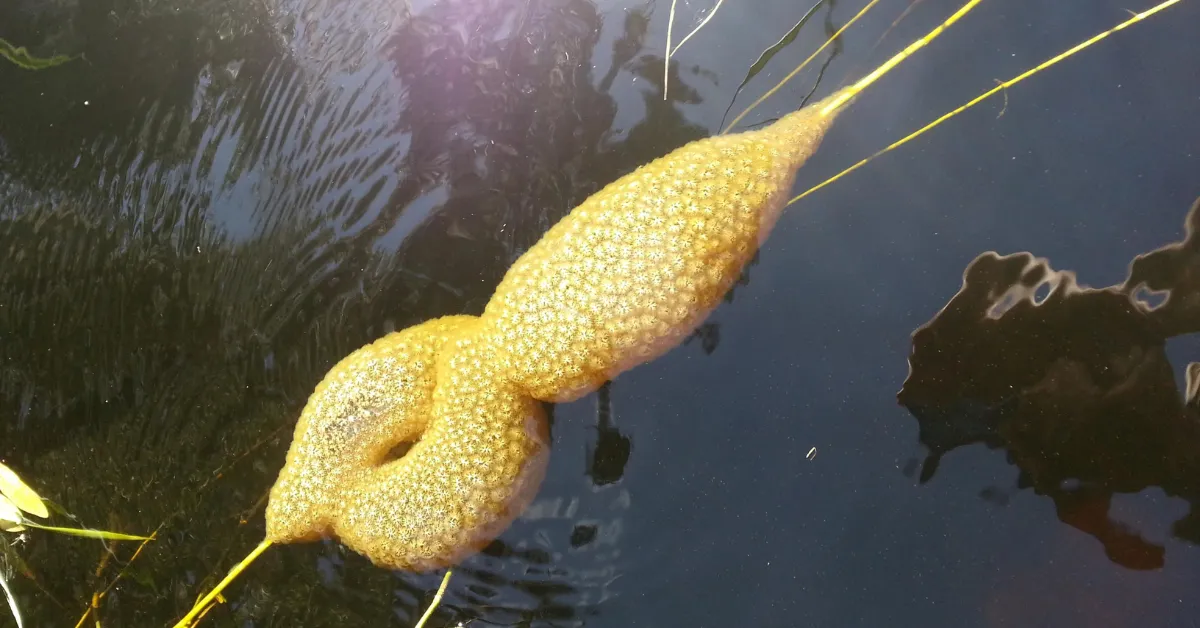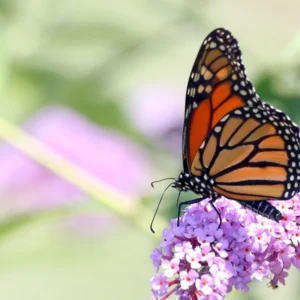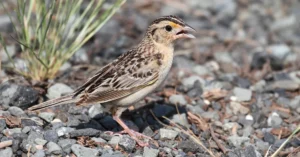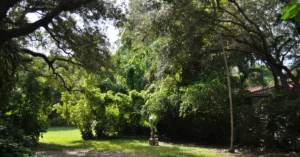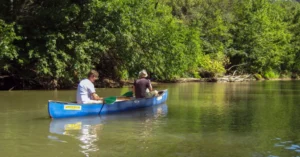Florida’s rivers and lakes are like nature’s playgrounds, bursting with life and adventure. In the long, winding Suwannee River, the wide Lake Okeechobee, and the flowing St. Johns River, you’ll find more than just water. These places are homes to amazing animals like alligators and manatees.
We’re going to check out some of the coolest water spots in Florida where you can see wildlife up close.
Ever seen a bird as big as a Great Blue Heron or watched a manatee swim by? You might here! And it’s not just about looking; I’ll share how you can help keep these places safe for the animals that live there.
Grab your gear and get ready for a journey to discover what makes Florida’s freshwater ecosystems truly magical. Let’s make a splash and learn something new together!
5 Key Freshwater Ecosystems In Florida
Let’s explore five amazing freshwater ecosystems in Florida! Each one is unique, hosting incredible wildlife and stunning scenes.
From the sprawling Suwannee River to the clear waters of Ichetucknee Springs, these waterways are essential to Florida’s natural charm.
Get ready to meet each one.
1. Suwannee River
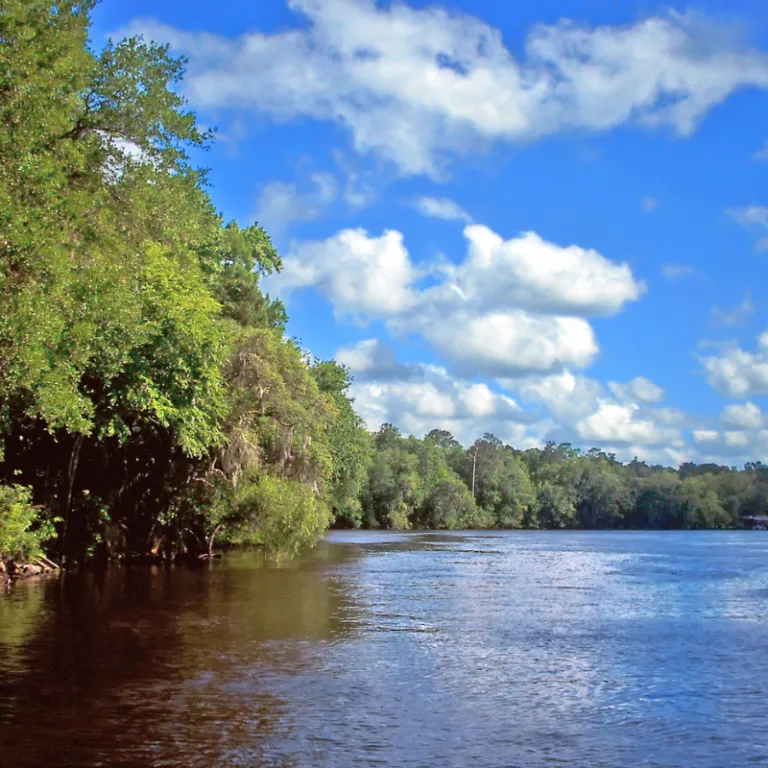
The Suwannee River, immortalized in Stephen Foster’s famous song “Old Folks at Home,” stretches over 246 miles from the Okefenokee Swamp in Georgia to the Gulf of Mexico in Florida.
Its waters carve through limestone bases, creating numerous springs that provide vital habitats for diverse wildlife.
Known for its dark, tannic waters due to decaying plant matter, the river supports activities like fishing and paddling, while its banks tell stories of early Native American and later European settlements.
What To See And Do
- Paddle Your Way: The Suwannee is ideal for kayaking and canoeing, offering serene waters and abundant wildlife viewing opportunities.
- Fishing Spots: Anglers can enjoy catching catfish, bass, and brim in the river’s rich waters.
- Explore Springs: Discover over 60 natural springs along the river, perfect for swimming or snorkeling.
Wildlife Highlights
- Bird Watching: The river’s ecosystem is a birdwatcher’s paradise, home to species like herons, wood storks, and red-shouldered hawks.
- Manatee Sightings: During the cooler months, look for manatees seeking refuge in the warmer waters of the river’s springs.
- Camping Experiences: Set up camp along the riverbanks to enjoy the natural sounds at night, from the calls of owls to the rustling of deer.
2. Lake Okeechobee
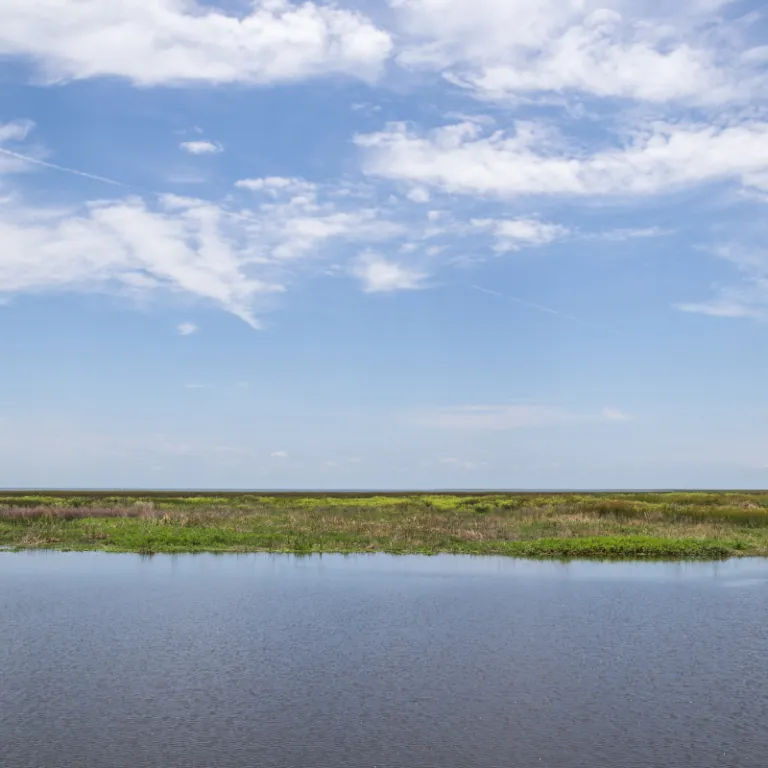
Lake Okeechobee, known affectionately as Florida’s “Liquid Heart,” is the largest freshwater lake in the state and the seventh largest in the United States. Spanning over 730 square miles, it is a critical component of the Everglades ecosystem and plays a key role in South Florida’s water quality and supply.
The lake’s vast expanse supports a rich tapestry of bird life and aquatic species, and it is a vital economic resource for both agriculture and recreation.
Activities To Enjoy
- Boating Adventures: With ample space and numerous access points, boating is a favorite activity on Lake Okeechobee.
- Scenic Hiking: The Lake Okeechobee Scenic Trail offers stunning views and a chance to explore the surrounding natural beauty on foot.
- Photography Hotspot: Capture the breathtaking sunrises and sunsets that paint the lake’s wide skies and reflective waters.
Conservation Efforts
- Habitat Restoration: Learn about efforts to restore and maintain the lake’s natural habitats to ensure the health of the ecosystem.
- Water Management Tours: Participate in guided tours that explain the complex water management system designed to protect this vast aquatic environment.
- Educational Programs: Engage with programs that teach about the importance of conservation and the ecological roles of Florida’s largest lake.
3. St. Johns River

The St. Johns River is a remarkable feature of Florida’s landscape, stretching 310 miles and known for its northward flow, which is unusual among U.S. rivers. As one of the few rivers in the world that flows north, the St. Johns provides a lush, slow-moving waterway teeming with wildlife and fringed by marshes and lakes.
Its extensive basin supports a complex ecosystem that’s essential for both the environment and local communities, serving as a vital source for fishing, transportation, and irrigation.
Recreational Highlights
- River Cruises: Experience the river’s beauty and diversity on a leisurely cruise, ideal for spotting wildlife and enjoying the scenery.
- Kayaking and Canoeing: Paddle through the quiet backwaters and creeks to see the river’s natural beauty up close.
- Fishing Delights: The St. Johns is famous for its black bass fishing; anglers come from all over to try their luck in these fertile waters.
Cultural Connections
- Historical Sites: Explore the rich history along the river, from ancient Native American settlements to historic riverfront towns.
- Cultural Festivals: Participate in local festivals that celebrate the river’s influence on regional culture, featuring music, food, and crafts.
- Art and Nature: Visit galleries and outdoor art installations inspired by the river’s landscapes, showcasing the work of local artists.
4. Everglades Freshwater Marshes

The Everglades Freshwater Marshes cover vast areas of South Florida, creating an extensive wetland ecosystem. This “River of Grass” flows from Lake Okeechobee down to Florida Bay, offering critical habitats for a diverse array of species.
The marshes are renowned for their role in water purification and their support of rare and endangered species. The landscape provides a mosaic of sawgrass marshes, aquatic vegetation, and tree islands, offering a unique ecological experience.
Adventure And Observation
- Airboat Tours: Glide across the marshes on an airboat to experience this unique ecosystem and get up close with wildlife.
- Bird Watching: The marshes are a prime spot for bird enthusiasts, home to species like the Roseate Spoonbill and the Wood Stork.
- Photography Expeditions: Capture stunning images of the landscape and its inhabitants, particularly during the golden hours of sunrise and sunset.
Environmental Education
- Guided Nature Walks: Join a ranger-led tour to learn about the delicate balance of this ecosystem and the challenges it faces.
- Conservation Workshops: Participate in workshops that focus on the efforts to restore and preserve the Everglades.
- Wildlife Presentations: Attend talks that discuss the habitats of various species found within the marshes, from alligators to panthers.
5. Ichetucknee Springs
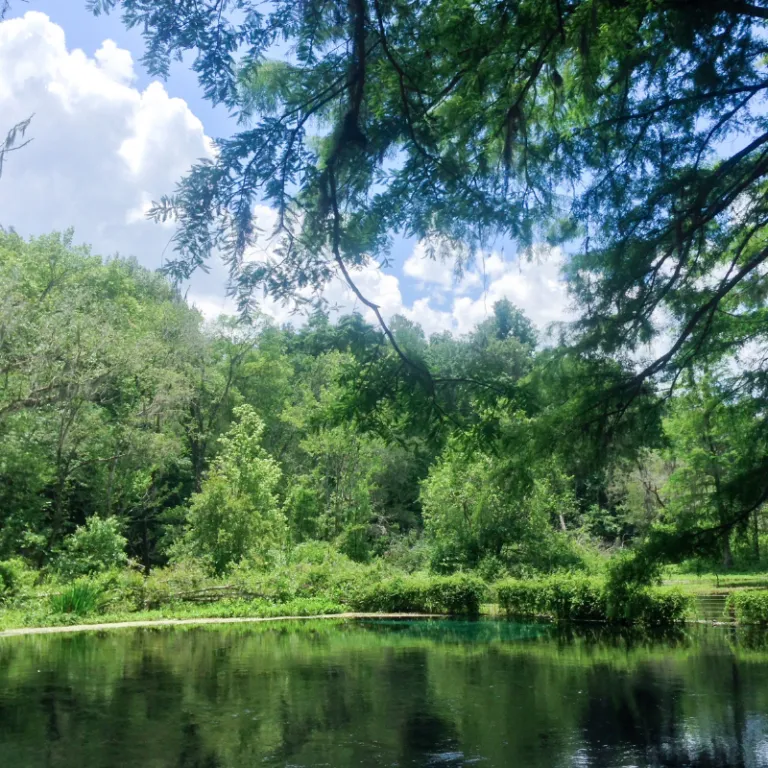
Ichetucknee Springs is a crystalline water gem in North Florida, celebrated for its vividly clear blue waters and serene natural setting.
This state park is a popular destination for those seeking tranquility and a glimpse into untouched Florida wilderness.
Fed by nine major springs, the river flows through shaded hammocks and wetlands, making it a haven for a variety of aquatic life and a perfect spot for water recreation.
Activities To Experience
- Tubing and Snorkeling: Float or snorkel in the refreshingly cool waters, famous for their visibility and purity.
- Paddle Sports: Canoeing and kayaking along the river offer peaceful encounters with the park’s lush flora and fauna.
- Swimming: Enjoy the invigorating natural springs, which remain at a constant 72 degrees year-round.
Ecological Insights
- Educational Trails: Walk the nature trails with educational signs explaining the ecological significance of the springs and surrounding habitats.
- Wildlife Observation: Spot river otters, beavers, and an array of bird species, such as kingfishers and egrets.
- Conservation Efforts: Learn about the preservation strategies in place to protect the clarity and beauty of the springs from environmental threats.
5 Wildlife Inhabiting These Ecosystems
Florida’s freshwater ecosystems are teeming with life. From the stealthy alligator to the gentle manatee, these waters support a fascinating variety of creatures.
Let’s meet five iconic wildlife species that call Florida’s rivers, lakes, and marshes home, each adding its unique touch to the state’s natural beauty.
1. American Alligator
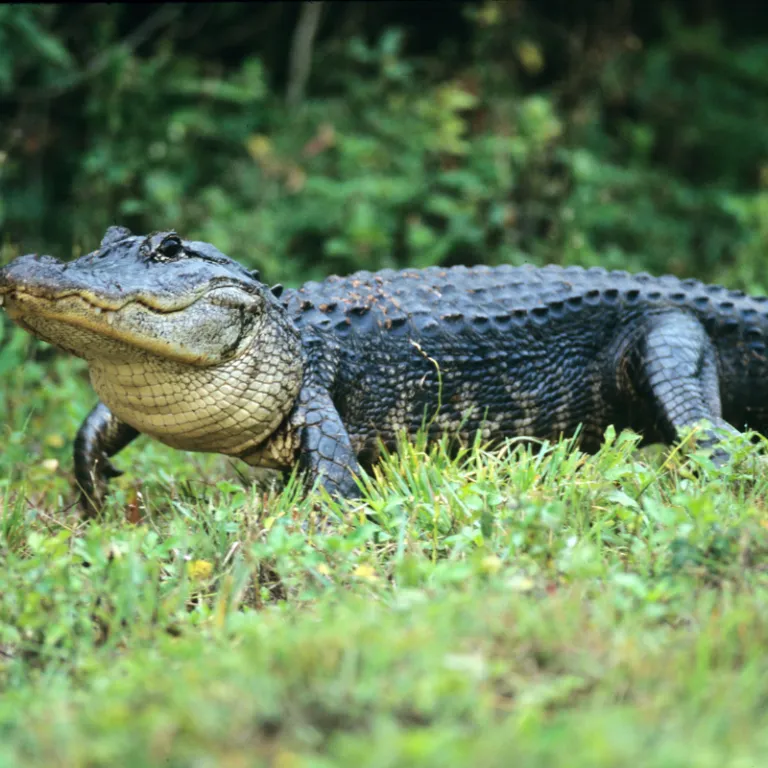
The American Alligator, once on the brink of extinction, is now a conservation success story thriving throughout Florida’s freshwater systems.
These apex predators play a pivotal role in their ecosystems by maintaining the balance of prey species and contributing to the structural diversity of their habitats.
Alligators are capable of remarkable feats like building gator holes, which provide refuge for many aquatic species during dry spells, thus ensuring survival and biodiversity.
Fascinating Facts
- Cold-Blooded Efficiency: Alligators can regulate their body temperature by basking in the sun or moving to cooler waters.
- Engineering Ecosystems: Gator holes increase water storage capacity of wetlands, benefiting other wildlife during droughts.
- Protective Parents: Female alligators are fiercely protective, guarding their nests and young from predators.
Viewing Safely
- Educational Safaris: Many nature reserves offer guided safaris that educate visitors about alligator ecology while observing them in their natural habitat.
- Safety First: Never attempt to approach or feed alligators; observe from a distance and stay on designated paths.
- Optimal Observation: Visit during the cooler parts of the day when alligators are more likely to be seen sunning themselves near water bodies.
2. Florida Manatee

The Florida Manatee, often called a sea cow, graces the calm rivers, springs, and coastal waters of Florida with its gentle presence. These large, aquatic mammals are known for their slow movements and friendly nature.
Manatees play a critical role in aquatic ecosystems by feeding on large amounts of vegetation, which helps keep waterways clear and maintain the health of aquatic habitats.
Intriguing Insights
- Gentle Giants: Manatees can weigh over 1,200 pounds and consume about 10-15% of their body weight in vegetation daily.
- Conservation Status: Classified as threatened, manatees face risks from habitat loss and boat collisions.
- Warm Water Lovers: Manatees seek warm waters and are often found in heated discharge zones of power plants during colder months.
Engaging With Manatees
- Eco-Tours: Participate in manatee eco-tours that allow for passive observation of these creatures in their natural settings.
- Conservation Efforts: Support and visit parks and reserves that focus on the protection and study of manatees.
- Best Viewing Seasons: The best time to see manatees is during the winter months when they congregate in warm springs.
3. Largemouth Bass
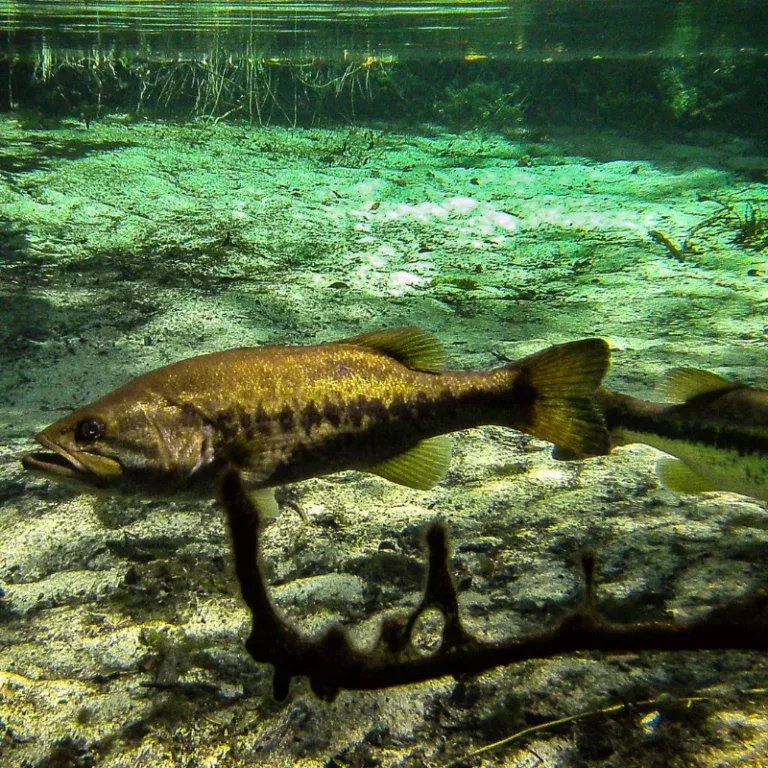
The Largemouth Bass is a popular freshwater fish native to Florida, known for its striking appearance and spirited behavior. This species is not just a favorite among anglers but also plays a significant role in its habitat by controlling the populations of smaller fish and helping maintain a balanced ecosystem.
Their presence in Florida’s lakes and rivers is a marker of healthy aquatic environments, as they thrive in clean, oxygen-rich waters.
Interesting Details
- Sport Fishing Favorite: Largemouth bass are celebrated for their fight when hooked, making them a top target for sport fishing.
- Dietary Habits: These predators primarily feed on smaller fish, insects, and even small birds or mammals that may fall into the water.
- Size and Appearance: They can grow up to 24 inches long and are easily recognized by their large mouths extending past their eyes.
Fishing Tips
- Catch and Release: Practice catch and release to help sustain the bass population and maintain ecological balance.
- Best Fishing Spots: Look for areas with submerged vegetation or structures, as bass often use these for cover.
- Optimal Fishing Times: Early morning or late evening are the best times to fish for largemouth bass, as they are most active during cooler parts of the day.
4. Great Blue Heron
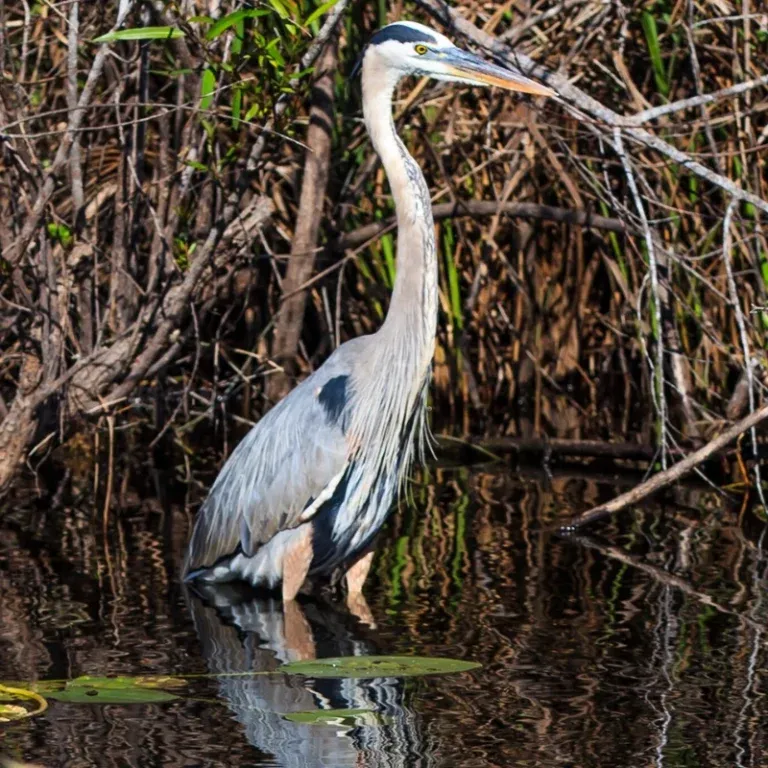
The Great Blue Heron stands as a majestic figure in Florida’s freshwater ecosystems, easily recognizable by its striking size and poise.
These tall, graceful birds are among the most widespread herons in North America, inhabiting a variety of aquatic environments from saltwater marshes to inland rivers.
Great Blue Herons play an important role in their ecosystems as top predators, feeding on fish, amphibians, and even small mammals, helping to control these populations and maintain ecological balance.
Fascinating Features
- Impressive Size: Standing up to four feet tall with a wingspan of six feet, these birds are hard to miss.
- Nesting Habits: Great Blue Herons often nest in large colonies known as rookeries, which can sometimes include hundreds of other herons.
- Adaptive Feeders: Their diet is highly varied, allowing them to adapt easily to changing environmental conditions.
Birdwatching Tips
- Best Spots for Observation: Look for them along shorelines and in wetlands where they hunt for food.
- Quiet Approach: Move slowly and quietly to increase your chances of observing their natural behaviors without startling them.
- Use of Binoculars: Enhancing your view with binoculars can provide a closer look at these stunning birds without disturbing them.
5. Snail Kite
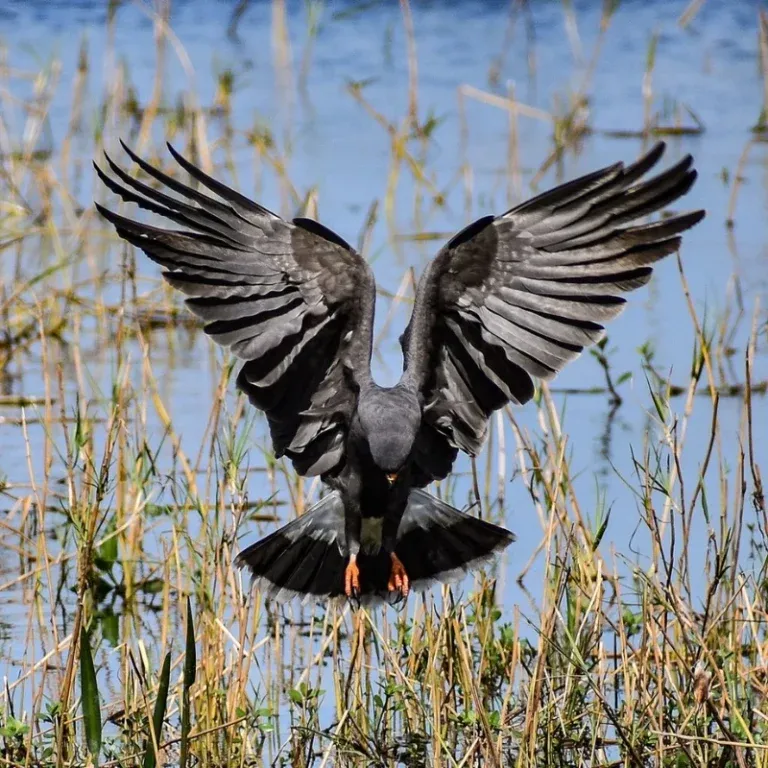
The Snail Kite is a distinctive bird of prey found primarily in Florida’s freshwater marshes, particularly in areas abundant with its primary food source, the apple snail. This raptor is uniquely adapted to its diet, with a sharply curved beak that perfectly suits the extraction of snails from their shells.
The Snail Kite’s survival is closely linked to the health of wetland ecosystems, making it an important indicator species for environmental changes and conservation efforts in Florida.
Key Characteristics
- Specialized Hunter: The Snail Kite’s beak and flying style are evolved specifically for hunting apple snails.
- Conservation Status: Listed as endangered due to habitat loss and fluctuations in snail populations.
- Gender Differences: Males are generally gray while females sport a brown coloration, making them easy to distinguish in the wild.
Observing Snail Kites
- Habitat Hotspots: Look for Snail Kites around large marshes and shallow lakes where apple snails are abundant.
- Ethical Birdwatching: Use binoculars and maintain a respectful distance to avoid disrupting their natural behaviors.
- Join Guided Tours: Opt for guided wildlife tours that focus on birdwatching to learn more about the Snail Kite and other local species.
Tips For Responsible Exploration
Exploring Florida’s freshwater ecosystems responsibly is essential for their preservation and your safety. Here are some practical tips to ensure a respectful and safe experience:
- Stay on Marked Trails and Areas: Protect wildlife habitats by using designated paths and areas for boating or hiking.
- Leave No Trace: Always carry out what you carry in, including trash and leftovers, to keep the ecosystems clean.
- Respect Wildlife: Observe from a distance, avoid feeding animals, and never disturb their natural activities.
- Use Eco-friendly Products: Opt for biodegradable sunscreens and insect repellents to avoid polluting the water.
- Participate in Conservation Efforts: Support local conservation initiatives by volunteering or donating, helping to ensure the health and longevity of these precious environments.
Final Thoughts
Exploring Florida’s freshwater spots is an amazing adventure. It’s important to look after these places when we visit.
By following simple rules and respecting the wildlife, we can keep these areas safe and beautiful. Remember, every small action helps!
Let’s make sure we leave these places just as we found them, so others can enjoy them too. This way, we all help protect Florida’s natural treasures for future generations.

